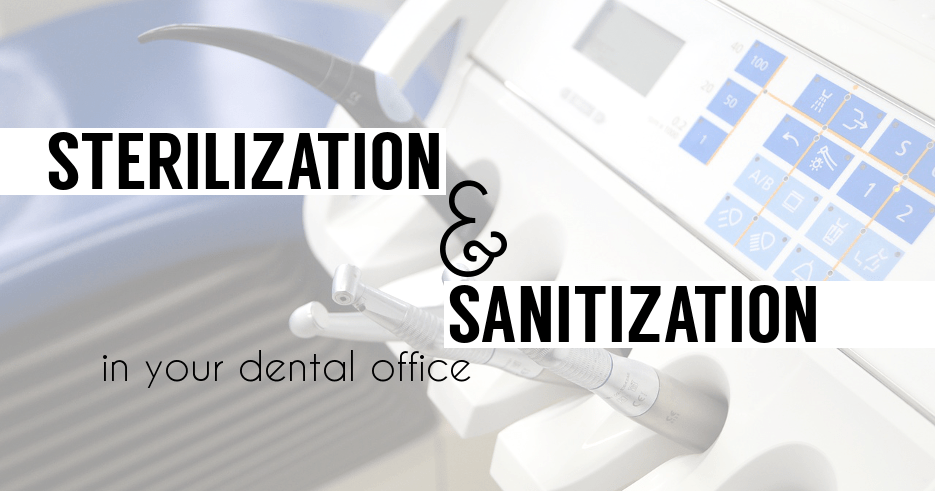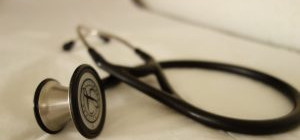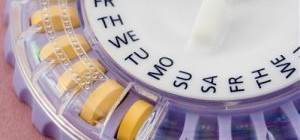 Disinfection and sterilisation are two vital activities to minimise the risk of infection between patients and surgery operatives. This applies in all spheres of medicine, including dentistry, obviously, where the risk of infection is ever present unless the due precautions are taken and unless a series of best practices are not observed scrupulously.
Disinfection and sterilisation are two vital activities to minimise the risk of infection between patients and surgery operatives. This applies in all spheres of medicine, including dentistry, obviously, where the risk of infection is ever present unless the due precautions are taken and unless a series of best practices are not observed scrupulously.
Technical expertise, and more: the knowledge of hygienic standards and of sterilisation and disinfection processes makes for reliability, competence and professionalism of the doctor and his or her team of operatives, seeing that dentistry is considered to be among those with the highest risk of hepatitis transmission. All this does not only concern those who operate directly on the patient: all the operatives in the surgery need to be suitably trained accordingly.
The same procedure is applied to all patients, but particular attention should be given to four critical elements:
- Cleanliness and hygiene of the clinic’s medical and paramedical staff’s hands
- Contaminated pointed or sharp tools
- Surfaces exposed to biological material.
- Fragments of dental materials, biological liquids and spray produced by surgery tools
The importance of sterilisation in dental surgery
The oral cavity is a natural habitat for a great number of micro-organisms. This ecological niche can be a reservoir for pathogens and opportunistic micro-organisms which could pose a risk of cross-contamination and cause systemic infections.
In the everyday activity of a dental practice, there’s an elevated risk of exposure to micro-organisms in the oral cavity increases due to the open and invasive nature of procedures. It is important to take into consideration that the paths of contamination can be bidirectional; an infected micro-organism can be transferred from the patient to the dental surgery team, and vice-versa.
Additionally, the transfer of pathogens from patient to patient could occur without exposure of the dental surgery staff, but rather through a surface in the dental surgery or a device used during dental procedures.
This condition takes place in case of inadequate sterilisation of dental instruments or inappropriate disinfection of dental units. The pathogens could also be present in the dental unit water lines, disseminated by dental handpieces aerosol, posing a risk for both the patient and the members of the dental surgery team.
Starting from these assumptions, one of the skills that a dentist should have is an in-depth knowledge of all the products and equipment intended for the sterilisation and disinfection processes.
Every medical device that comes into contact with the patient’s blood, secretions, skin or mucous must undergo careful disinfection and sterilisation.
A multi-step procedure for sterilisation
A correct surgery tool sterilisation procedure must be preceded by an evaluation of the degree of infective risk of the device; when a tool comes in to contact with the skin or mucous membranes of the patient, there are three degrees of criticality:
- Not critical: in contact with unbroken skin or mucous membrane
- Semi-critical: in contact with broken skin or mucous membrane
- Critical: penetration and contact with the blood
Once the risk of infection has been determined, the dentist can proceed with the following six phases sterilization process:
- Decontamination
Using liquids with a virucidal, bactericidal and fungicidal effect, to minimise the possibility of transmitting HIV and other pathologies. - Washing
Either manual (riskier for the surgery operatives) or automated, using instrument-washing machines and thermal disinfection devices that use dedicated detergents and reach temperatures close to 100°C. - Rinsing
Necessary to remove detergent residue first with a running water shower, followed by a demineralised water shower. - Drying
Using compressed air guns or special cloths that do not release fibres. - Control and maintenance
An accurate control of the instruments and of their maintenance using specific products are the last steps before bagging. - Packaging
Instruments are bagged and each bag is identified with a code and the date. - Sterilisation
Using a dedicated autoclave for disinfection like Zhermack Zetaclave B with cycles lasting approximately 20 minutes set by default.
After 30 days, the sterilisation is no longer guaranteed; consequently, after this time, the instruments need to be sterilised again before use. Cleaning, disinfection and sterilisation in a dental surgery are indispensable activities to protect patients and surgery operatives against the risk of infection. In addition to following the procedures listed correctly, it is important to use quality products, which guarantee efficiency and safety.







